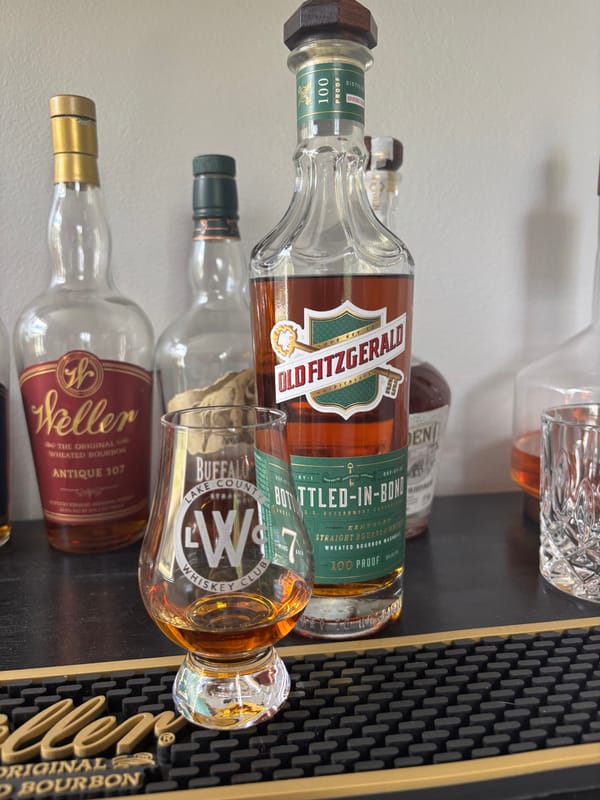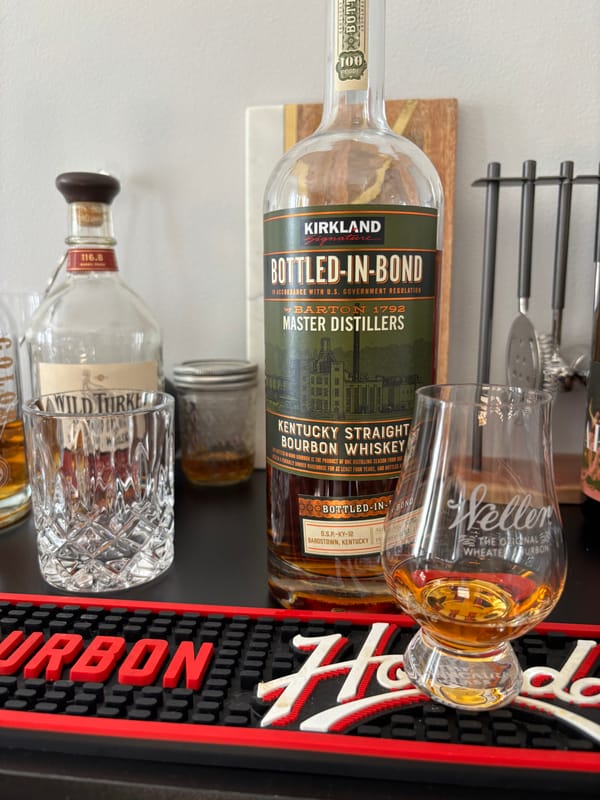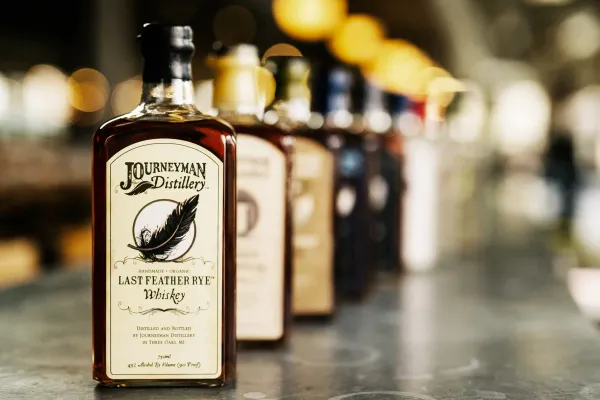Whiskey’s Distillation Limits: The Flavor Lock You’ll Wish You’d Caught Sooner

Distillation Limits: The Whiskey Line You Can’t Cross
Distillation is whiskey’s make-or-break moment—push it too far, and you’ve got nothing but bland spirit. If you don’t grasp where the line’s drawn, you’re missing what keeps whiskey, well, whiskey. Here’s the unshakeable truth about distillation limits, locked in by U.S. law, and why it’s a game-changer you need to know for 2025.
What Sets Whiskey’s Distillation Limit?
Under U.S. regulations, whiskey—whether bourbon, rye, or wheat—can’t be distilled beyond 160 proof, or 80% alcohol by volume (ABV). That’s the ceiling for any whiskey starting with a mash of at least 51% corn, rye, or wheat, barreled at 125 proof max, aged in new charred oak, and bottled at 80 proof minimum. Cross that 160-proof mark, and it’s no longer whiskey—it’s a neutral spirit, stripped of all-grain character. This hard limit, etched in law, ensures every bottle keeps its soul intact.
How Distillation Limits Come Into Play
The journey starts with the mash—grains like corn, rye, or wheat, milled into flour, mixed with water, and heated to 180-200°F to turn starches into sugars over several hours. Yeast jumps in, fermenting this mix over three to five days into a low-alcohol brew, hitting 8-10% ABV, full of grainy flavor. Then comes distillation: in pot stills for batch runs or column stills for continuous flow, the liquid is heated to separate alcohol from water and solids. The catch? It stops at 160 proof—any higher, and the process wipes out the mash’s essence, leaving a blank slate unfit for whiskey’s oak-aged destiny. From there, it’s diluted to 125 proof or less for barreling, ensuring the grain’s imprint survives the cut.
Why Distillation Limits Shape Your Whiskey
That 160-proof cap isn’t random—it’s the guardrail that preserves whiskey’s identity. At this level, corn’s sweetness, rye’s spice, or wheat’s softness still linger in the spirit, ready to meld with oak’s vanilla, caramel, and spice during aging, which lasts two years or more. Push past 160 proof, and you’re left with a flavorless ghost—legal whiskey demands that grain backbone. Every sip you take owes its taste to this ceiling; it’s why bourbon’s rich, rye’s bold, and wheat’s gentle—distillation’s limit locks in the mash’s truth before barrels take the reins.
How Limits Affect the Final Pour
The 160-proof boundary means whiskey keeps its character—corn-driven bourbon stays sweet and full, rye whiskey bites with peppery heat, and wheat whiskey flows smooth and mellow, all enhanced by oak over time. Bottled at 80 proof minimum—or higher for cask strength pours up to 140 proof—it carries that grain legacy forward. Without this legal line, whiskey would lose its roots, tasting more like vodka than the complex spirit you know. Distillation’s cut is the unsung hero—every bottle’s depth starts here.
Why Distillation Limits Matter in 2025
Distillation’s hard line is whiskey’s foundation—by 2025, understanding this boundary could sharpen your appreciation for every pour, revealing why it tastes the way it does. It’s not just a rule; it’s the difference between whiskey and nothing, a legal truth that’s been holding strong for decades. Don’t let this cut slip past you—know it, and you’ll taste it in every glass. Curious about whiskey’s distillation edge? Check out NEAT: Whiskey Finder—it’ll help you track down bourbon and whiskey near you.





